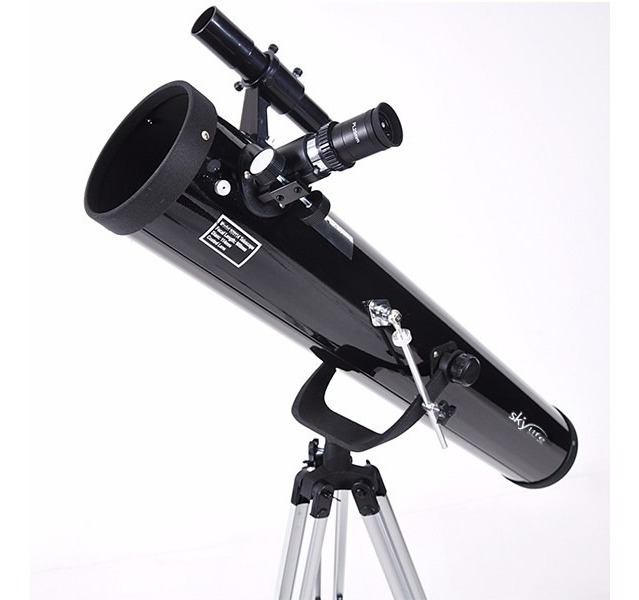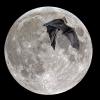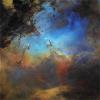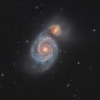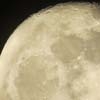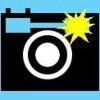I have been on this journey for about three years now. I purchased an 8" Schmidt Cassegrain (SCT) on an Alt/Az mount, for no other reason than it seemed to be a popular choice. I think now that it may have been the right choice for me as a platform that, with significant additional expenditure, achieves a useful range of application.
Firstly, with a 2x Barlow/PowerMate and either a DSLR or astrophotography camera (a significant additional expenditure), planetary imaging it is a good place to start. It's not a trivial skill to learn but easier than DSO and very satisfying the first time that you get a good image of Saturn's rings, Jupiter's GRS or the polar icecap on Mars. The Moon is also an easy subject.
Planetary imaging can keep you busy for a year or so because it's not just a matter of taking some quick snapshots. You have to wait for planets to come into view, with good seeing conditions, learn about "lucky imaging" and so on.
The comes, however, a time you when ask "what next?". The answer is DSO (mainly nebulae and galaxies) for which the above setup is not really suitable. Fortunately, if your chosen SCT compatible with HyperStar, you can reconfigure your optics from f/10 to f/2, giving you 25x the optical speed and making it possible to capture DSO images within the time frame (30 seconds) that field rotation dictates. HyperStar is another significant investment but a relatively easy path to DSO imaging. For DSO there is a new suite of techniques and software to master.
Thst kept me busy for another year or so and now I have moved on to a wedge (another significant investment) and permanent pier, which I have managed to construct quite cheaply. The use of the wedge brings polar alignment into the picture for the first time but eliminates field rotation. This means that I can consider intermediate focal lengths with 0.4x, 0.5x and 0.63x optical reducers which have slower optical speeds and a narrower field of view (FOV) so that smaller DSOs, such as galaxies fill more of the frame.
The alternative is to purchase an equatorial mount (EQ or GEM) at the outset. This would eliminate field rotation from the start, but for many of us, it may be too steep of an initial learning curve. I have the impression that if you purchase such a mount, it's best to avoid entry level offerings, so a the expense would be significant. Such mounts are unquestionably superior to to an Alt/Alt Mount on a wedge but, to take advantage of them, you need to spend much more time on image capture and processing than I am likely to have time for.
EDIT: I should add that this is just a record of my experience, which I am reasonably happy with. It is not today that it is necessarily the best choice for everyone.
Edited by Rac19, 14 July 2020 - 04:51 AM.




